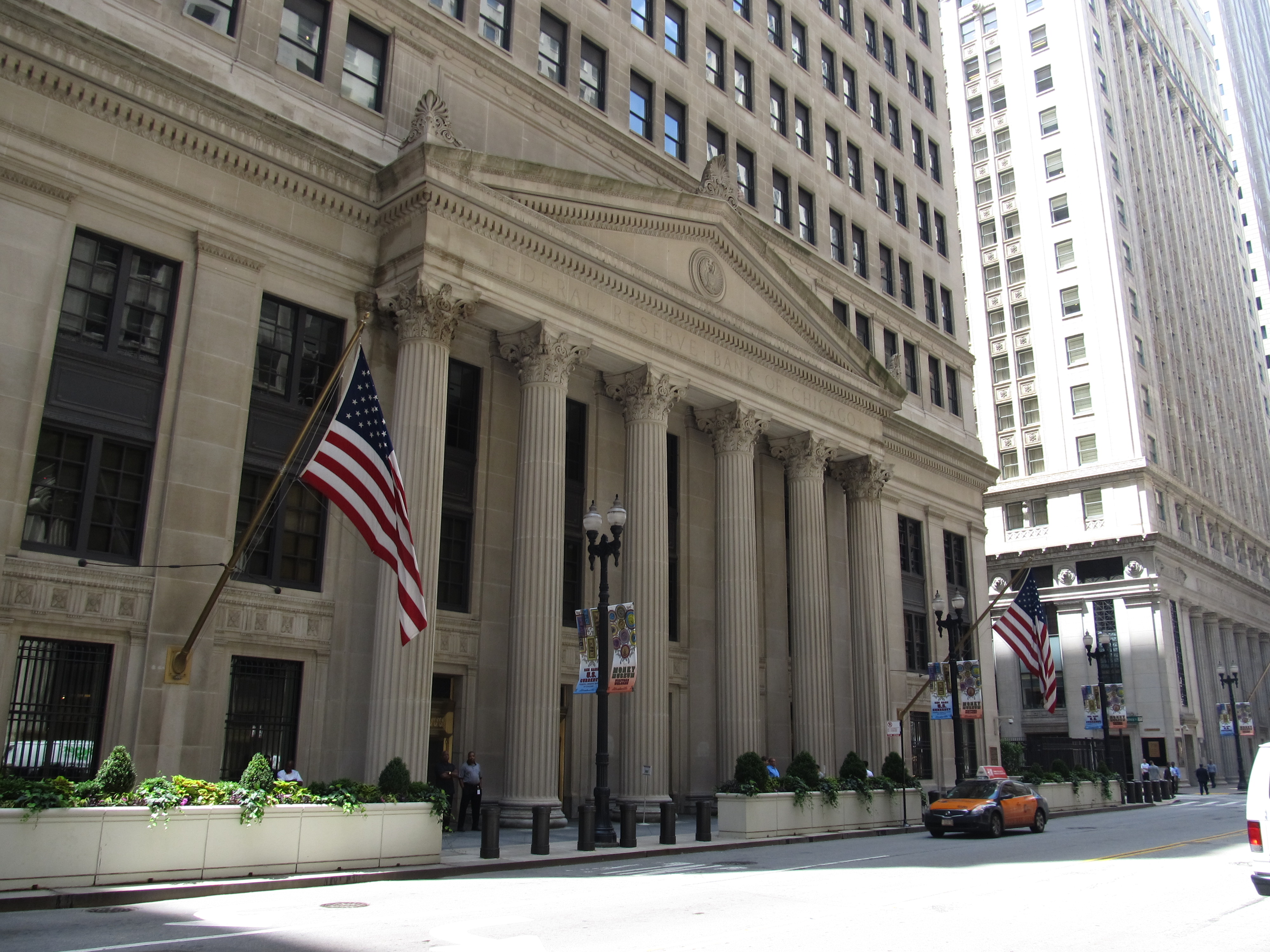According to the Fed, none of the biggest banks would have gone down in the adverse scenario—which connotes a "severe recession"—and they would all have been able to maintain the minimal level of capital sufficiency. At that, the overall amount of bank losses would have been $541 billion.
The Fed is evaluating banks' equity and other resources as part of the stress test to see if they would be sufficient to sustain significant losses that might arise in the case of a "severe recession". The Fed also assessed the resilience of the eight banks that trade the most stocks, bonds, and other financial instruments this year.
The stress test "demonstrated that the large banks are well placed to withstand a severe recession and continue to lend to households and businesses even in the event of a severe recession," the Federal Reserve said in a statement. The Fed simulated a recession with a 10% unemployment rate and a 38–40% decrease in the value of both residential and commercial property during the stress test.
source: cnn.com
The Fed is evaluating banks' equity and other resources as part of the stress test to see if they would be sufficient to sustain significant losses that might arise in the case of a "severe recession". The Fed also assessed the resilience of the eight banks that trade the most stocks, bonds, and other financial instruments this year.
The stress test "demonstrated that the large banks are well placed to withstand a severe recession and continue to lend to households and businesses even in the event of a severe recession," the Federal Reserve said in a statement. The Fed simulated a recession with a 10% unemployment rate and a 38–40% decrease in the value of both residential and commercial property during the stress test.
source: cnn.com



















